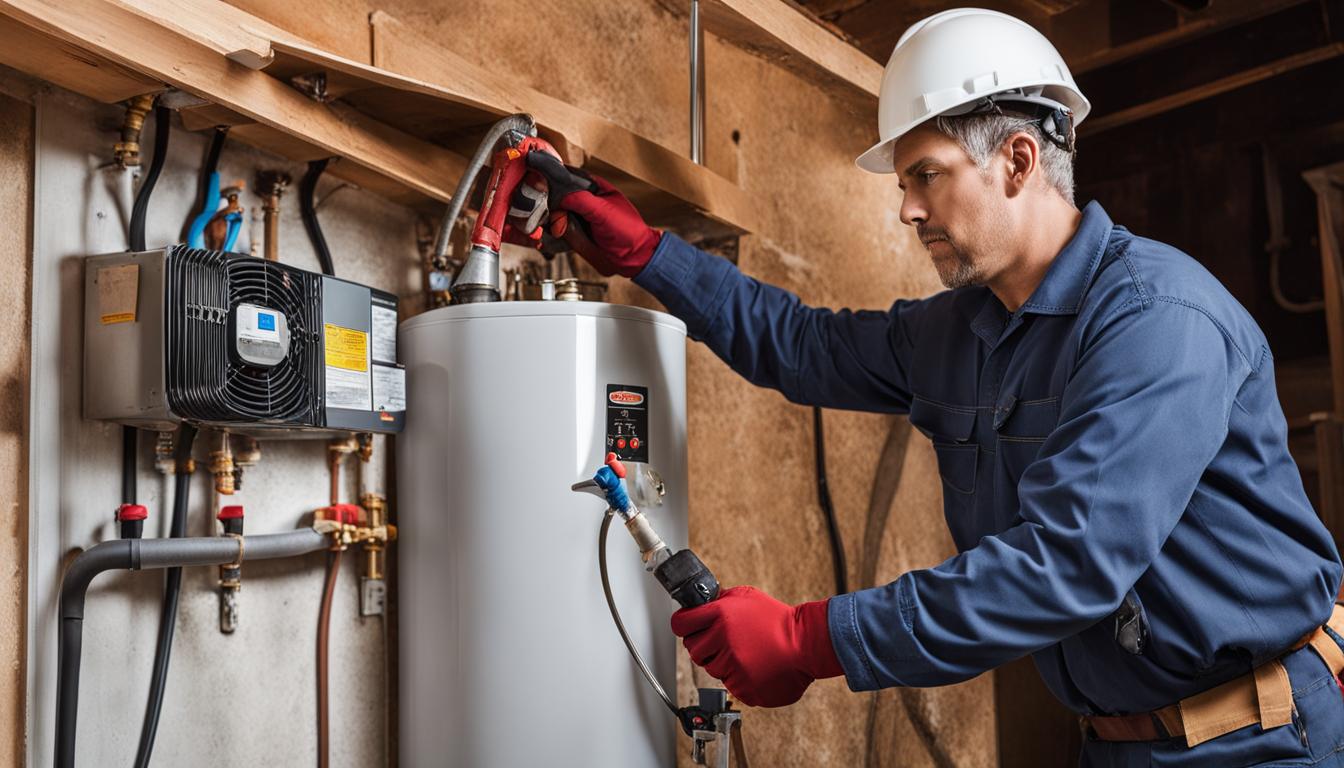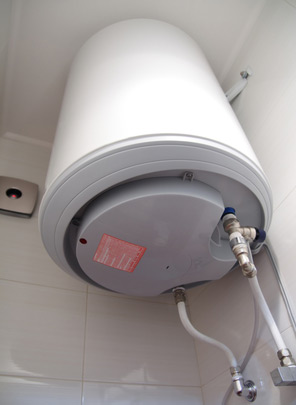They are making a few great pointers relating to Water Heater Maintenance Tips You Can't Afford to Forget overall in this post down below.

Warm water is necessary for everyday convenience, whether it's for a revitalizing shower or washing recipes. To ensure your warm water system runs effectively and lasts longer, routine upkeep is crucial. This short article offers functional ideas and understandings on how to keep your home's hot water system to stay clear of disturbances and costly fixings.
Introduction
Preserving your home's hot water system might appear daunting, yet with a couple of simple actions, you can guarantee it operates efficiently for several years to come. This overview covers every little thing from understanding your hot water system to do it yourself maintenance suggestions and understanding when to call in professional aid.
Significance of Maintaining Your Warm Water System
Regular maintenance not only extends the life-span of your hot water system yet additionally guarantees it operates efficiently. Disregarding maintenance can bring about reduced efficiency, higher energy bills, and even early failure of the system.
Indicators Your Warm Water System Requirements Maintenance
Understanding when your hot water system needs interest can stop major problems. Keep an eye out for indicators such as inconsistent water temperature, odd sounds from the heating system, or rusty water.
Understanding Your Warm Water System
Prior to diving into upkeep tasks, it's practical to recognize the fundamental parts of your warm water system. Commonly, this includes the hot water heater itself, pipes, anode poles, and temperature level controls.
Monthly Upkeep Tasks
Routine monthly checks can aid capture minor issues prior to they escalate.
Purging the Hot Water Heater
Purging your water heater gets rid of debris accumulation, improving performance and lengthening its life.
Monitoring and Changing Anode Rods
Anode rods protect against corrosion inside the tank. Evaluating and replacing them when worn out is important.
Inspecting and Adjusting Temperature Level Settings
Readjusting the temperature setups ensures ideal efficiency and safety.
DIY Tips for Maintenance
You can do a number of upkeep jobs yourself to maintain your hot water system in top condition.
Looking for Leaks
Routinely evaluate pipelines and links for leaks, as these can result in water damage and higher bills.
Evaluating Stress Relief Valves
Examining the stress relief valve guarantees it works properly and stops excessive pressure buildup.
Insulating Pipelines
Protecting warm water pipes minimizes warmth loss and can save power.
When to Call a Specialist
While do it yourself upkeep is advantageous, some problems require specialist knowledge.
Facility Concerns Requiring Professional Assistance
Instances consist of major leakages, electrical problems, or if your water heater is constantly underperforming.
Regular Specialist Maintenance Conveniences
Specialist upkeep can consist of comprehensive examinations, tune-ups, and making certain compliance with safety criteria.
Conclusion
Normal upkeep of your home's hot water system is important for performance, longevity, and price savings. By complying with these suggestions and knowing when to look for specialist aid, you can guarantee a trusted supply of hot water without unforeseen interruptions.
How to Maintain an Instant Hot Water Heater
Before tinkering with your hot water heater, make sure that it’s not powered on. You also have to turn off the main circuit breaker and shut off the main gas line to prevent accidents. Also turn off the water valves connected to your unit to prevent water from flowing into and out of the appliance. 2. When you’re done, you have to detach the purge valves’ caps. These look like the letter “T” and are situated on either side of the water valves. Doing so will release any pressure that has accumulated inside the valves while at the same time avoid hot water from shooting out and burning your skin. 3. When the purge valves’ caps are removed, you have to connect your hosing lines to the valves. Your unit should have come with three hoses but if it didn’t, you can purchase these things from any hardware or home repair shops. You can also get them from retail stores that sell water heating systems. Read the user’s manual and follow it to complete this task properly. When the hosing lines are connected, open the purge port’s valves. 4. You should never use harsh chemical cleaners or solutions when cleaning your unit. Make use of white vinegar instead. It should be undiluted and you’ll probably use about 2 gallons. 5. Now flush your water heater. This task should probably take about 40 minutes. We can’t give you specific directions for this because the procedure is carried out depending on the type, model and brand of your heater. With that being said, refer to the user’s manual. 6. When you’re done draining the unit, you have to turn off the purge port valves again. Remove the hosing lines that you earlier installed on each of the water valves. Put the valve caps (purge port) back in their respective places and be very careful so as not to damage the rubber discs that are found inside these caps. 7. Now that everything’s back in place, check your user’s manual again to find out how to reactivate your water heating system. 8. Once it is working, turn one of your hot water faucets on just to let air pass through the heater’s water supply pipes. Leave the tap on until water flows smoothly out of it. https://www.orrplumbing.com/blog/2014/september/how-to-maintain-an-instant-hot-water-heater/

As a devoted person who reads on How to Maintain a Hot Water Heater in a Few Simple Steps, I imagined sharing that post was important. Appreciated our entry? Please share it. Let someone else check it out. I am grateful for your time. Kindly stop by our website back soon.
Show Details